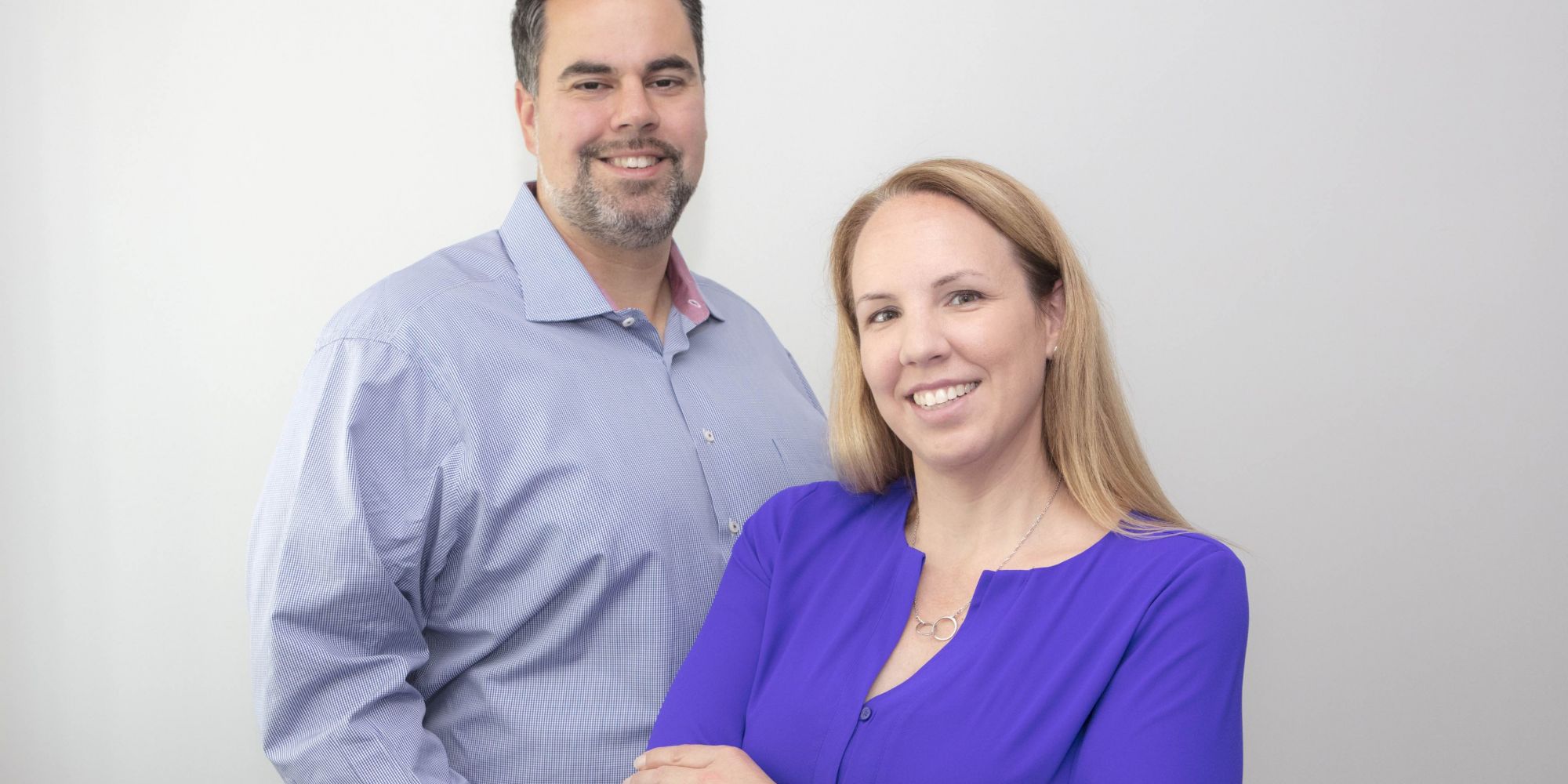
Silk Therapeutics Takes Science In A Clean Skincare Direction
Gregory Altman and Rebecca Lacouture, the brainiacs behind Silk Therapeutics, are smarter than Beauty Independent, but we’ll try to summarize their discoveries for simple folks like us. The skincare company founders figured out how to stabilize liquefied silk and earned six patents related to the process. “We knew that, if we could take the pure natural silk protein that humans have worn against their skin for thousands of years, and put that protein into a liquid state, it would offer a new chemistry platform to replace many of the synthetic ingredients and polymers in skincare today,” says Altman, who has a doctorate in biotechnology engineering. “Liquid silk is our key active ingredient, and it’s also our main ingredient. What I mean by that is, by using liquid silk, we are able not only treat the skin and deliver results, but we are also able to replace synthetic fillers.” He and Lacouture schooled us more on silk as well as listening to customers, appearing on television, garnering third-party certification and fundraising effectively.
What was your path to launching Silk Therapeutics?
Altman: We have a rather long and somewhat convoluted history together. Beck and I met when I was a first-year grad student, and she was a freshman in college. For the past 19 years, we have been studying the use of silk in improving human health. We spent 12 years developing a single product that we are very proud of that uses pure silk to help women going through breast cancer and mastectomies regrow tissue following aggressive surgery. Our discovery that silk can support tissue healing and regeneration was probably the early highlight of our career working together. In 2013, we had a chance to take a deep breath and ask ourselves, “How could we have the largest impact on human health in this life that we get?” That’s what led us to skincare.
Lacouture: I’m an ovarian cancer survivor. I asked my oncologist when I was going through treatment, “What should I be doing to best go through it?” I vividly remember him telling me, “Clean out your cosmetics cabinet.” I literally went home and took a look at all the chemicals I was exposing myself to through my skincare, makeup and shampoo during a time when I went through surgery and a very aggressive chemotherapy protocol. I tried as much as I could to look for clean options, and there wasn’t much out there. Having skincare that was powerful and also clean was something I was looking for personally and other women were looking for it as well. Greg and I got to together and asked ourselves, “How do we fill that need?”
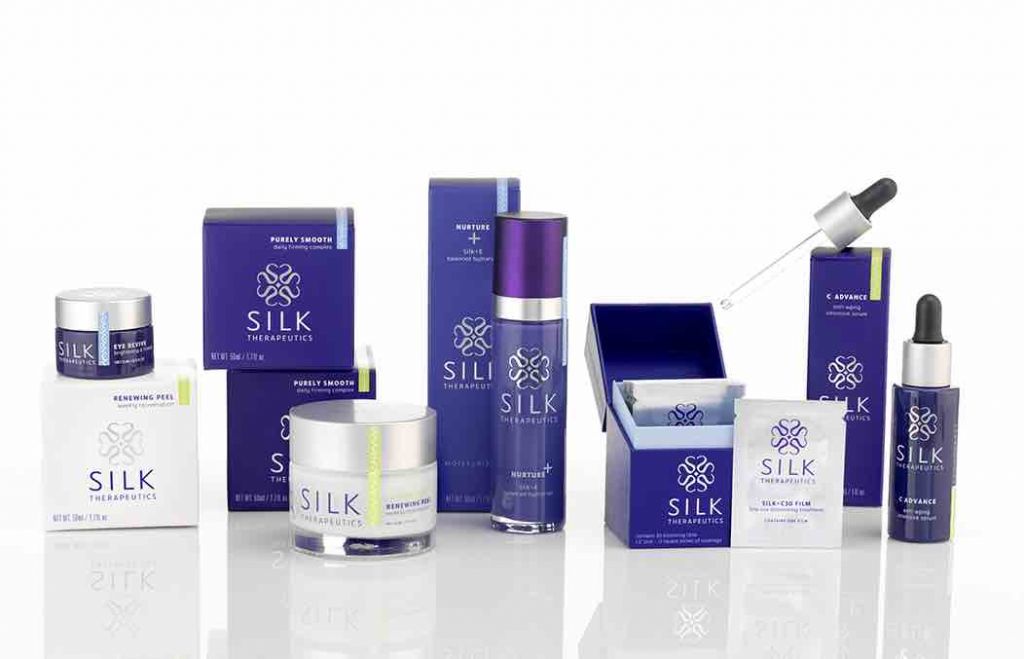
How much money did it take to get Silk Therapeutics off the ground?
Altman: It took all of my personal credibility to get Beck to join the company. What you should understand is that Beck is the left brain of the organization, and I’m the right brain. The first thing I had to do was invest in getting Beck to come on board and create the process to make silk in its liquid form. We have invested $6 million to accomplish that goal. I think, right now, we are pretty confident that liquid silk costs more than platinum and gold. We are offsetting that cost with the planned growth we envision for the brand.
Some people can start a beauty brand with a few thousand dollars. Why did it cost so much to launch Silk Therapeutics?
Lacouture: We are creating the products ourselves, which is not frequently seen in the beauty industry. Typically, when you see individuals able to go out with a small amount of money and launch a skincare line, they go to a contract manufacturer and build a brand around existing formulas. We have spent the time on the science to create the products ourselves. That is where a lot of the expense comes in.
Can you fill us in on the branches of your business?
Altman: We have two lines of skincare. Silk Therapeutics is the premium, clinical-grade line sold in spas and dermatologists’ offices, and online. The majority of the products are unscented and hypoallergenic. Back in 2014, when we started playing with liquid silk after we were able to accomplish our goal of putting it in a water-based form, we set out to make several SKUs that were directed toward women going through oncology treatments. What we realized is that 70% of our sales were coming from the broader market and not from patients. That was our first sign of the demand for clean, clinical-grade skincare with minimal ingredients. One of the hallmarks of our line is that it is made with 10 ingredients or less. The LabGrab brand is an extension of our R&D pipeline that we are trying to make more accessible in terms of price and by working with our partners at HSN. We are also thinking about the different ways in which liquid silk molecules can help reformulate products whether it is by replacing plastic microparticles and stabilizers or going into a category like haircare, which we wouldn’t do ourselves.
Can you tell us about your distribution strategy?
Altman: Beck and I are scientists, and the last thing we are is experienced marketers. From the get-go, we understood that we were bringing a new ingredient to the market that had not existed before. Silk is an overused term in beauty as you might imagine, but the actual protein that makes the silk fiber has never existed in beauty before. We knew that we needed a strategy that enabled us to tell our story. For the Silk Therapeutics brand, it’s spas and dermatologists’ offices where people can experience the product, and understand the degree of science and engineering investment that went into it. Our digital platform is another place where people can learn about our story. Online, we have been doing a very nice business due to our partnership with EWG. That has turned out to be a surprisingly significant referral platform for us. We will start moving more into spas and dermatologists’ offices in 2018.
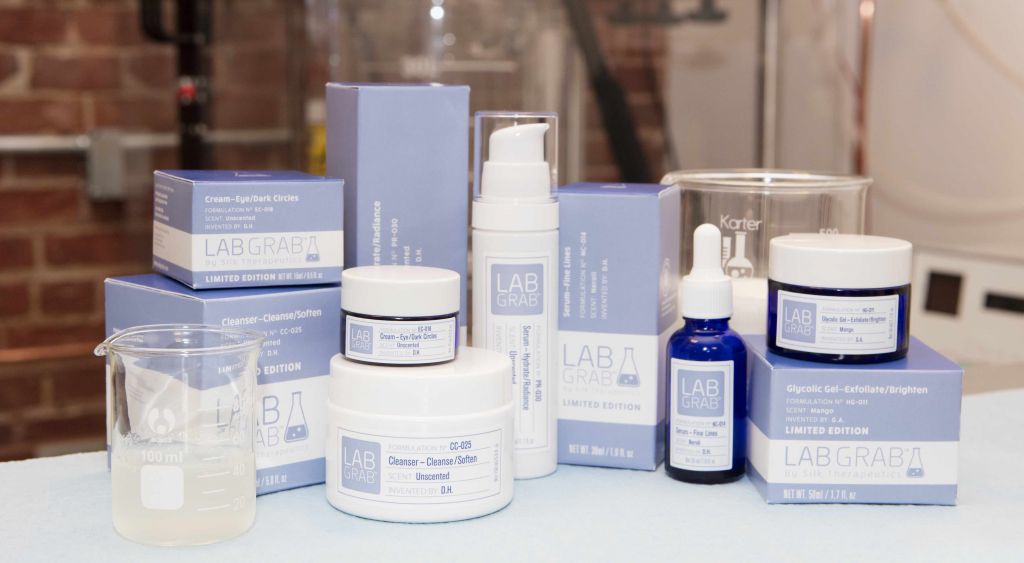
Pretend I’m a retailer. Give me a one-sentence pitch on Silk Therapeutics.
Altman: The innovation of liquid silk allows us, for the first time, to create a clinical-grade product using an average of less than 10 ingredients in products that are clean, non-toxic and performance-based.
What’s behind the launch of LabGrab on HSN?
Altman: Beck and I have always talked about ensuring that our products are accessible. We are fully aware that Silk Therapeutics is a brand at a premium price that reflects the time, intellectual property and financial investment we have put into the company to date. However, one of the things we realized is that we were inventing 10 or 20 other formulas that weren’t seeing the light of day. We asked ourselves, “Could we find a way to leverage the R&D that’s gone into these other formulas and get those products, which are really high quality, out to people at a more reasonable price?” That was the genesis of the LabGrab line. We went down to HSN and said, “Look, we have these unique formulas, and we can take them straight from our lab to you.” We are the manufacturers, so we will make the products small batch if you will help distribute them at a reasonable price. That launched March of this year, and it’s been quite a successful partnership.
What’s it been like for Silk Therapeutics to go on HSN?
Altman: I would rather redo my Ph.D. qualifying examine 1,000 times over than appear on live television. For us, though, the key motivator is remembering why we are doing it. The goal is to make high-quality clean skincare available to more women and men. The lesson I’ve learned about going on TV — and I’m still learning — is it’s about being true to ourselves. If I were to go back to grade school, I know I would never be in the cool kids’ crowd. The reality is that people want to know who invented their skincare.
Amazon, yes or no?
Altman: We aren’t on there yet, but it’s been a topic of discussion here. I’ve reached out to Amazon a couple of times. If you are trying to sign up a beauty product for Amazon, they ask for an authorized reseller letter. I explained to them that we make our own skincare, and that was confusing to them. Amazon has come back and said, “If you want to sell here, we need to see receipts from your raw ingredient [suppliers] to prove you are buying ingredients to make skincare.” It is something we could get them if we choose to. Right now, we have focused on spas and dermatologists’ offices. EWG Verified has been a big driver as well.
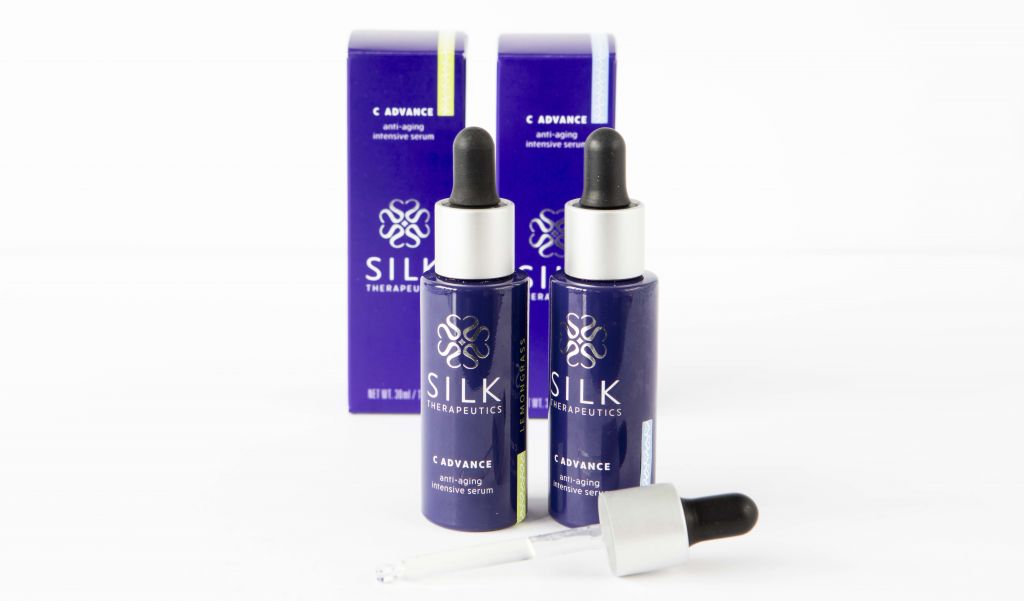
Why was it important to you for Silk Therapeutics to be part of the EWG Verified program?
Lacouture: We were one of the first to work with EWG Verified. In the Skin Deep Database, we are one of the cleanest brands. It’s important to us because of what the program stands for. It stands for transparency. You are essentially signing an agreement with EWG to hold yourself to a higher standard than the F.D.A. standard. It’s an ongoing process. Every time we roll out a new product, we circle back to EWG Verified and work with them to get the product approved. It’s a commitment on the part of both parties. We have seen a nice impact on the brand because it serves as an external source of validation. Consumers trust EWG and, when they seal the seal, it speaks to the non-toxic nature of the formulas.
What has the fundraising process been like?
Altman: The first round was Beck and I investing our own money into the company. We had the belief that it could be done and, therefore, we stepped up to the plate. From there, we had a very open and honest conversation with The Kraft Group. Our mission and Beck’s experience with ovarian cancer resonated with them and their commitment to health. They are very strong investors in the biotech community around Boston. We just closed on the last of our A round, and we have raised a total of $21 million led largely by The Kraft Group and Jeff Vinik.
Why do you think you’ve successfully raised the amount you have?
Altman: Fundraising is an art and a science. The only reason why we were initially successful is because we had tremendous skin in the game. The first three years of the company, I don’t think Beck or I took a salary or funded an expense report. In order to ask for someone else’s money, you have to be willing to take the risk yourself. Secondly, we had deep expertise in the area where we wanted to focus. The idea of being able to address technical risk was really important. We always knew we were going to, at some point, need to address marketing risk. Once we could make the technology reproducible and make formulas people like, with Jeff Vinik’s investment, we can put a phenomenal team around the table to help us market and sell the products.
You aren’t a big believer in retaining a controlling percentage of a company. Why?
Altman: The only thing that matters is creating value for yourself, your shareholders and your employees. If you are focused on that, you will be successful. If you are focused on owning a certain percentage of the company or trying to maintain control, the reality is that control is an illusion. You need partners and a board that supports you, challenges you and constantly pushes your thinking. I don’t think we could tell you what percentage of the company we own right now. The key is: Are we creating value for those around us?
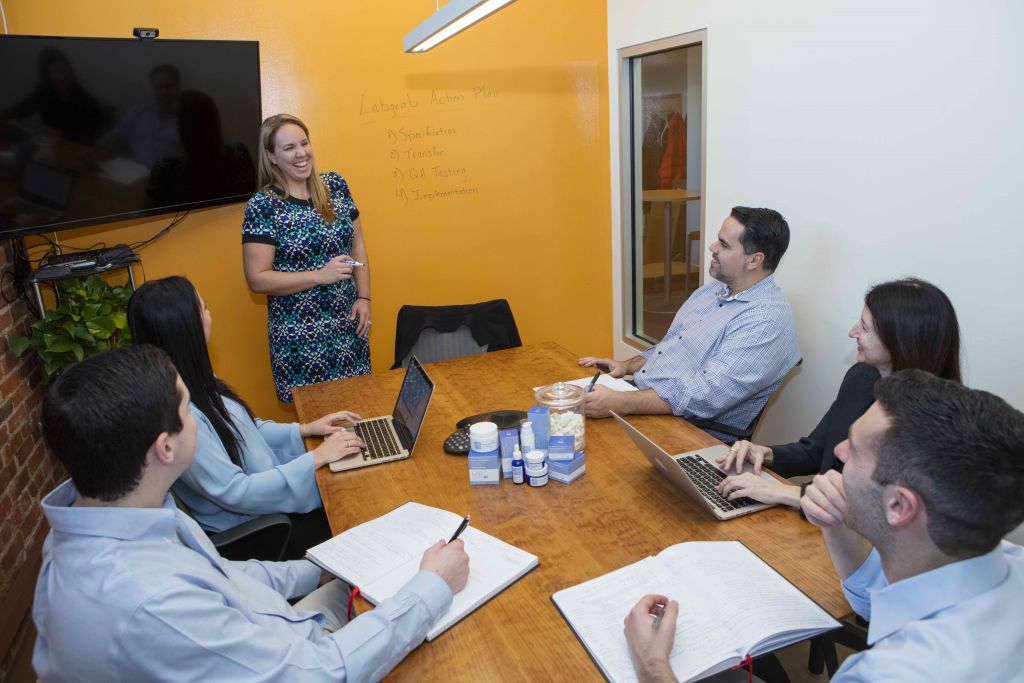
What’s been the biggest lesson you’ve learned about what it takes to be a beauty entrepreneur?
Altman: There are so many lessons, I don’t know where to start. One was not to make an assumption based on what we thought the customer wanted. It was really to listen to them. SKUs we were testing that we would have never guessed would have seen the light of day have some of the most loyal followings. We have this product called Purely Smooth, which is a serum made almost entirely out of the silk protein. It’s the opposite of hassle-free. It looks almost like caviar, and you warm it between your fingers to activate the liquid silk. It has an incredible loyal following and is one of our biggest products for reorder. For those with highly irritated skin or redness, they’re getting results from it. We have had people call us and say, “I have an autoimmune disease, and I’ve been searching for a product that wouldn’t incite a flare-up in my skin. This is the only product that doesn’t.”
We imagine you scurrying around pipette-filled labs in lab coats. Is that how your office looks?
Altman: We do have a lab filled with pipettes, beakers and lab equipment, but the science we do is much more than white lab coat science. For us, science extends not only to the ingredients, but also the processes that we use to make our products and mix ingredients. We have an open-floor plan. You can imagine we are constantly writing on the white board and mapping out processes. We have massive debates over the best systems for our manufacturing team, how to give them better guidance on sales forecasts and how [to make sure] growth doesn’t impact quality. We have a lot of lively discussions in the hallways. We have a remarkable team of dedicated scientists. If I set out and said to them, “Follow me on this journey to make the world’s best serum,” none of them would have accepted a job with me, but the vision Beck has helped set is one in which we are providing a strong sense of health, wellbeing and comfort for people who are making choices about what to put on their skin.
What are some of your goals for Silk Therapeutics going forward?
Altman: We want to succeed at being an alternative to some of the chemical-laden products that you find in spas and dermatologists’ offices around the country. Ultimately, we want to be a leader in clean, performance-based skincare, and we feel growth in the clinical channel will help us penetrate other segments of the market. With growth, we hope the cost of manufacturing liquid silk will come down, and we can make it more accessible to all.

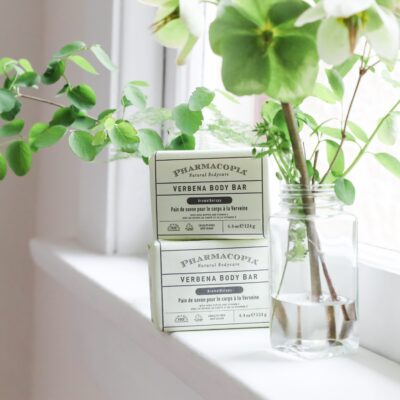

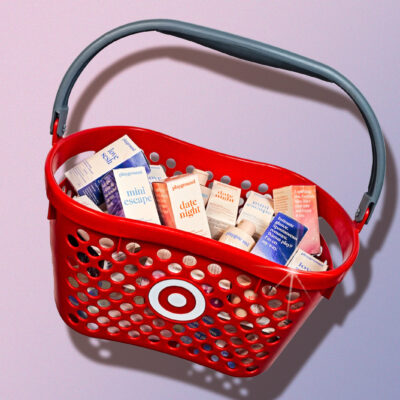

Leave a Reply
You must be logged in to post a comment.